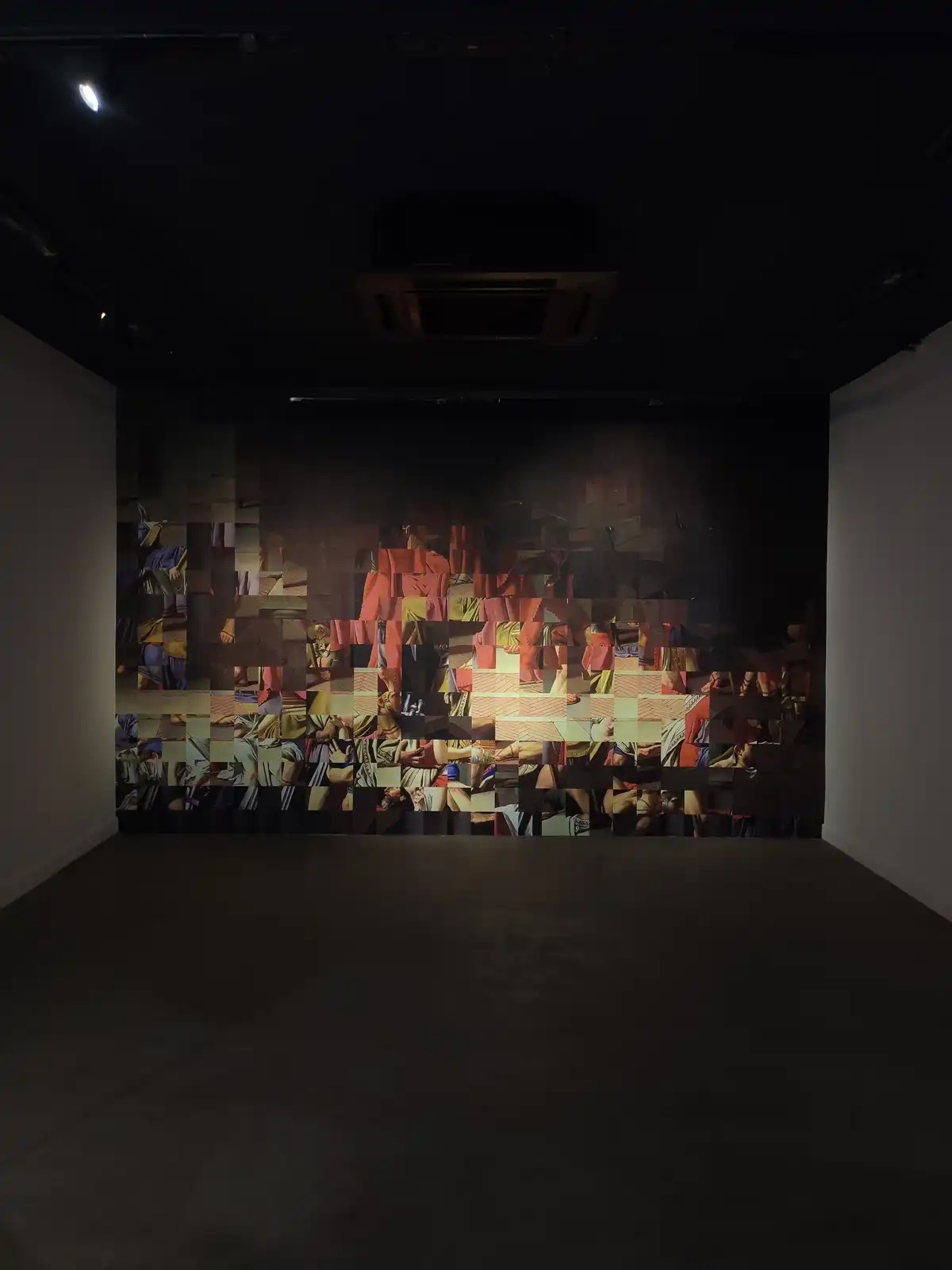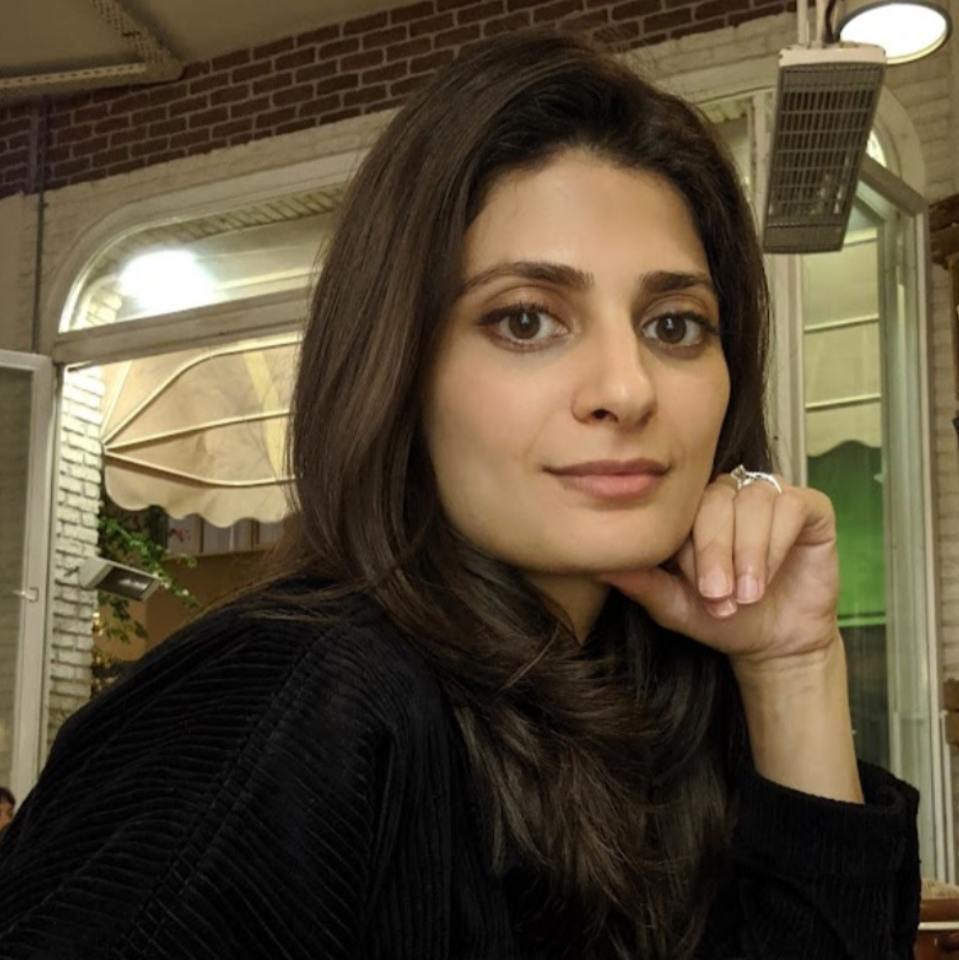Salima Hashmi – artist, curator, scholar, educator, activist and veritable force of nature – can now add the honour of being COMO Museum’s first guest curator since its inaugural show in Spring 2019 to her list of achievements. They said they want an exhibition on protest art,” she tells me. “So I said to Seher [Tareen, Founding President], protest is not the kind of word that I can use. Protest is kind of short-lived. So I came back with the title ‘Dharti Dhar Dhar Dharke Gi: Artist as Witness’ and she loved that.”
The title of this group show ‘Dharti Dhar Dhar Dharke Gi’ (‘The Earth Will Shiver, Shake and Beat*) is of course from Faiz Ahmad Faiz’s revolutionary poem Hum Dhekenge, which the poet - Salima Hashmi’s father - wrote in 1979 as a protest against the oppressive rule of the military dictator Zia-ul-Haq. Faiz is as much a witness in this show as the artists displaying their works, from his contribution to the title, to the curator’s note, to his texts displayed clearly and directly on the Museum’s pristine white walls.

Walking into COMO Museums premises, the eye first rests on young artist Hina Tabassums sculptural work in the Museum garden – broken teddy bears lying amongst rubble, an image instantly and heartbreakingly associated with the violence unleashed on the children of Gaza. Another young artist’s larger-than-life work unfurls from the roof of the museum down two floors to the verdant ground – Ali Laraib Rizvi depicts bodies in shrouds, packed tightly against each other, in one long mass grave. Again, there is absolutely no doubt in our minds who the artist is referring to. We have seen the images coming out of Gaza for over a year now. The heart mourns before we even enter the museum’s main building.

The curator’s note, written in clear, dark letters directly on the Museum’s white wall, consists of a few, powerful lines, also written by Faiz in the 50s, asking the viewer:
No other explanation or context for the show is provided, or in fact, needed. Death is wrought by the state, by armies, by the military-industrial complex, by colonialism, by nationalists, by religious extremists. Life is asserted by the poet, artist, musician, filmmaker. The artist – life-affirmer – depicts death, wrought by an enemy that is too great and historic for one man or woman to take on. But the artist, like our legendary Mian Ijaz ul Hassan, remembers, depicts, and resists. He protested the Vietnam War in his student days at the University of Cambridge, and then was devastated by the Pakistani army’s actions in the ‘blood-drenched month of March 1971’, which shows in his triptych Bangladesh Saga’ (1973), where pigmented bodies are shown strewn across the ground.
No other explanation or context for the show is provided, or in fact, needed. Death is wrought by the state, by armies, by the military-industrial complex, by colonialism, by nationalists, by religious extremists. Life is asserted by the poet, artist, musician, filmmaker. The artist – life-affirmer – depicts death, wrought by an enemy that is too great and historic for one man or woman to take on. But the artist, like our legendary Mian Ijaz ul Hassan, remembers, depicts, and resists. He protested the Vietnam War in his student days at the University of Cambridge, and then was devastated by the Pakistani army’s actions in the ‘blood-drenched month of March 1971’, which shows in his triptych Bangladesh Saga’ (1973), where pigmented bodies are shown strewn across the ground.





